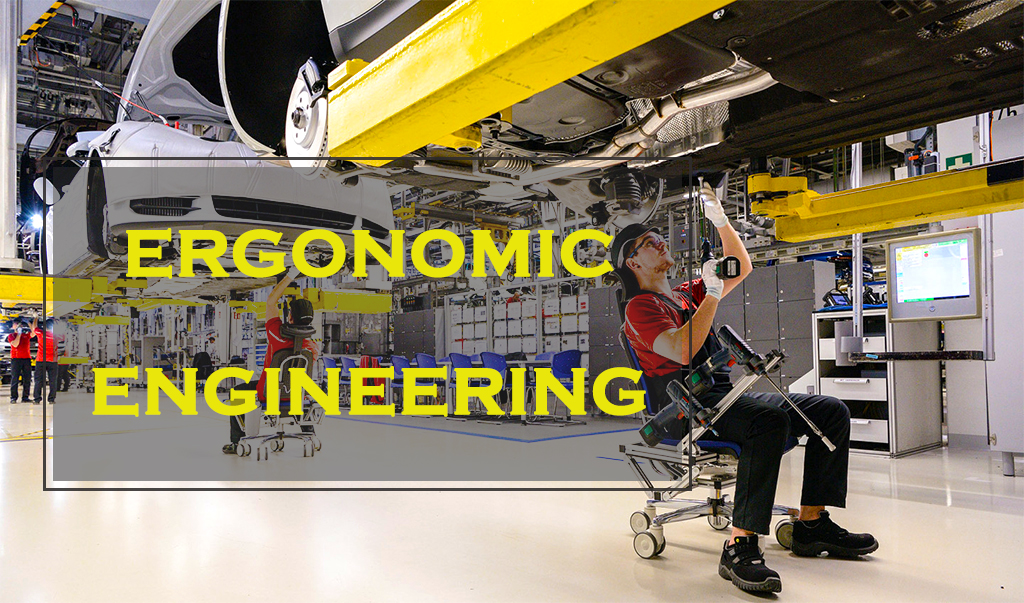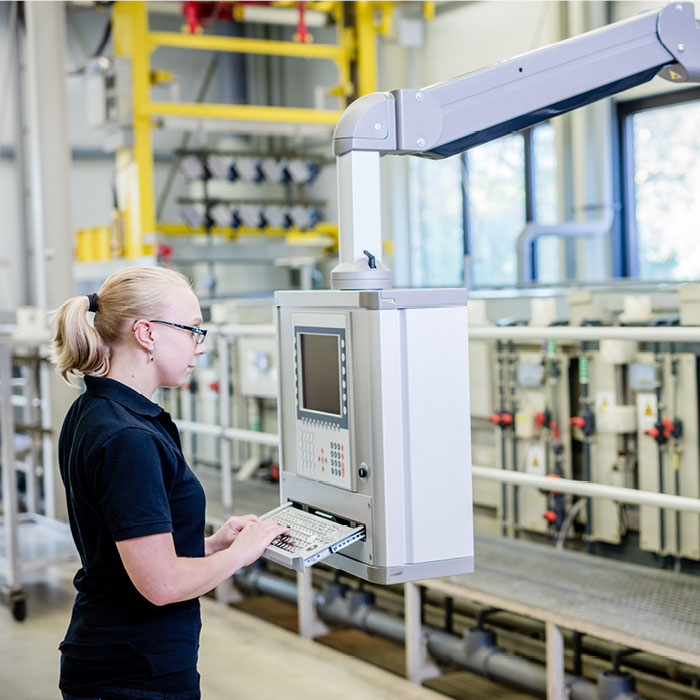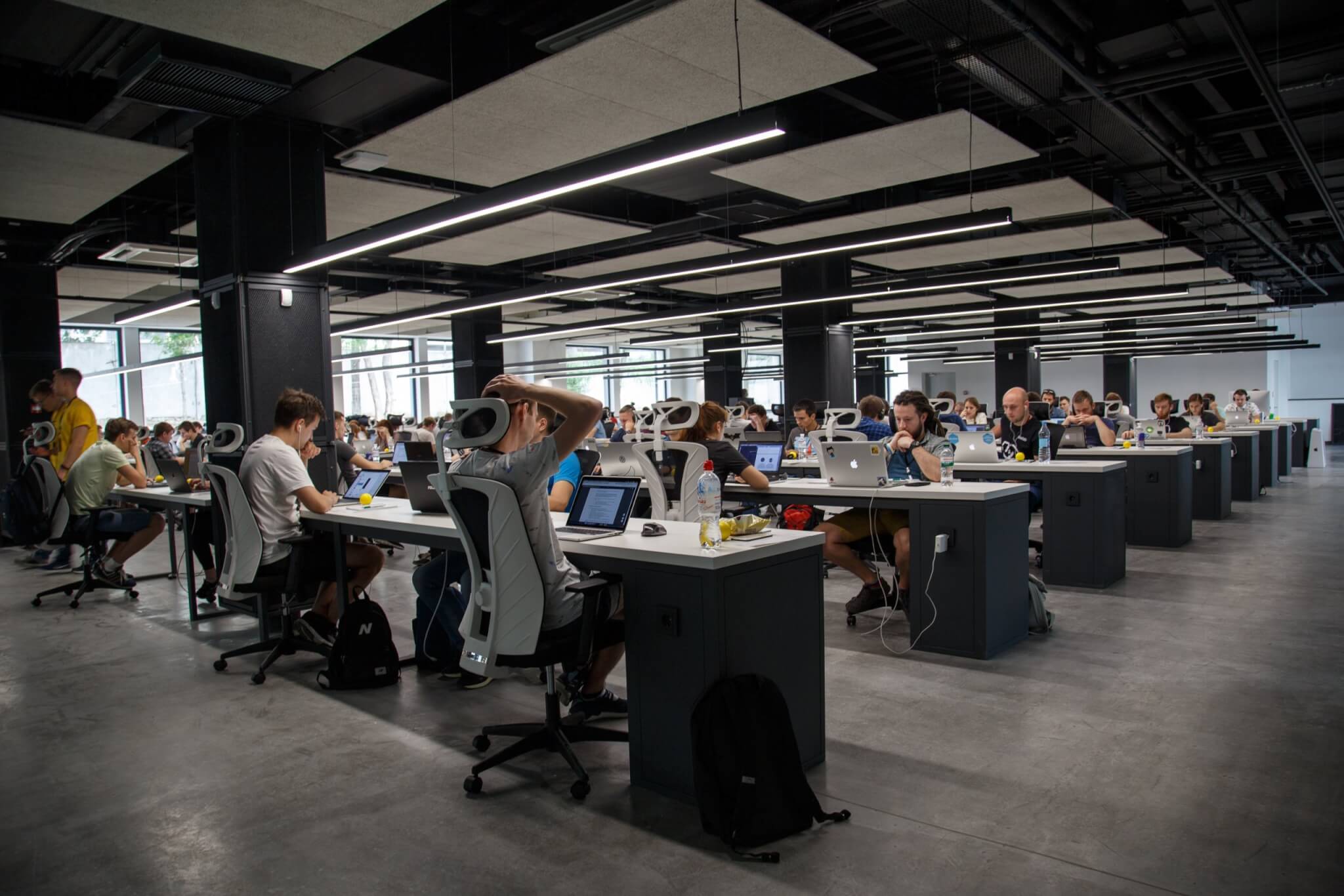What is Ergonomic Engineering and how is it affecting the workplace?
13 April, 2020 | Manufacturing, Industrial Manufacturing, Ergonomic Engineering, Engineering, Ergonomic, Comfort, Saftey

In our modern-day, man and machine are both integral to a productive workplace and thus to a smoothly run society. However, our environments and technologies aren’t always well-suited to the real-world needs and preferences we have as humans. This is where ergonomic engineering comes into play.
What is Ergonomic Engineering?
Also commonly known as human-factors engineering, ergonomic engineering is a branch of engineering that seeks to use our knowledge of psychology, physiology, design, and more to help create better more people-centered products and environments. Closely tied with UX design, ergonomic engineering takes the whole picture into account and uses this to help make us happier people, more productive workers, and safer as a whole. What’s important to note, though, is that it doesn’t rely merely on assumption or “common knowledge.” Ergonomic engineers take their time to study hard data and confer with experts in a variety of fields to ensure their designs will truly fit users and improve the quality of their work and work experiences. In this way, it is a devoted scientific approach to humanistic issues.

Real Effects in the Workplace
While many of the sciences used in ergonomic engineering may be mostly theoretical, this engineering discipline takes what’s learned and applies it in our daily lives and workspaces. This application leads to several significant benefits for both employer and employee and professional productivity as well as personal comfort. Here are just a few effects one can expect when ergonomic engineering gets thrown into the mix.
Increased User Comfort
One of ergonomic engineering’s biggest focuses is user comfort, and as such, it excels at improving that. Engineers accomplish this by carefully studying how the human body works, how our bodies react to working conditions, how our cognitive processes influence us, and more depending on the type of product or design developed. All this information then helps engineers create better machines, systems, and environments that support both our body mechanics and our psychological processes. In short? Workers feel better physically and mentally – which means both they and their work benefit!
Reduced Human Error/Increased Accuracy
When inserting people into the equation, you also naturally insert the possibility of human error. Many of these errors may come due to discomfort, fatigue/tiredness, worries about injury, operating difficulty, or several other personal/environmental factors. Human-factors engineering can help reduce these issues and, as a result, also decrease the likelihood of operator error. Over time, this will create increased output and will generate more profit for business owners.

Improved Long-term Health and Safety
One of the unfortunate results of our modern work and workplaces is a variety of physical ailments. This can range from something as seemingly innocuous as neck pain and occasional eyestrain or something as big and detrimental as chronic circulatory issues, major accidental injuries, and according to the US Department of Labor, even Musculoskeletal Disorders. Ergonomic design goes far in reducing all of the above, providing design solutions that support human physiology and support more comfortable use, thus lowering the chances of worker injury. What does this look like in reality? Well, standing desks and contoured seating are probably a couple of instances of ergonomic engineering that you’ve seen in your everyday life!
Improved Productivity
Want workers who are more focused, more productive, and better able to do their jobs? This type of engineering supports all three. After all, safety concerns, health issues, and a lack of comfort while working are all major drains on not only an employee’s productivity but also their motivation level. By addressing these problems, ergonomic engineering better allows people actually to do their jobs and do them well. In addition to this, it also supplies workers with a greater sense of wellbeing as they know they are in a pleasant, safe working environment and that they have higher-ups who care about their physical and mental health.
Reduced Task Difficulty
The whole point of increasing technological involvement in the workplace is to make tasks less complicated and more efficient. However, sometimes this backfires. Tech isn’t always necessarily the easiest to operate. Human-factors engineering tries to set this right by creating better machines and better environments, which makes work less demanding, less taxing, less time-consuming, and more inclusive to all.










